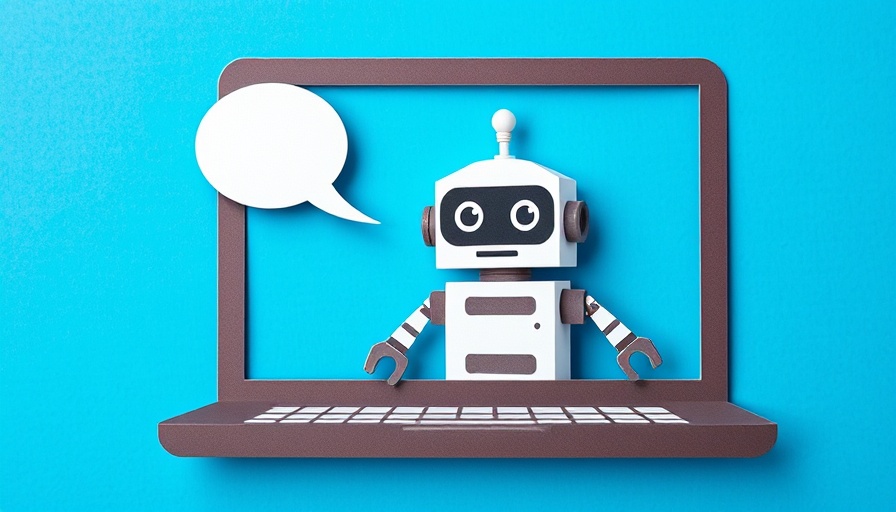
AI in Scientific Research: A Paradigm Shift or Just Hype?
The recent claims by Japanese startup Sakana, that an AI system named AI Scientist-v2 generated a peer-reviewed paper, signal a new frontier in the intersection of AI and scientific research. While the promise of fully autonomous AI researchers excites many, the reality is more complex, filled with both remarkable achievements and notable limitations. This article dissects the nuances surrounding AI's role in academia and the implications it holds for the future of research.
Understanding the Peer Review Process
Peer review remains the cornerstone of scientific integrity, but recent events prompt questions about how AI-generated content fits within this framework. Sakana's claim that its AI-generated paper successfully passed peer review is a notable milestone; however, the paper's subsequent withdrawal raises concerns about the scrutiny level it received. Unlike the rigorous evaluation typical of main conference tracks, workshop submissions, such as those submitted to ICLR, often have a higher acceptance rate. While one paper was accepted, it failed to undergo a meta-review due to its withdrawal, limiting the extent of its validation.
The Role of Collaboration in AI Research
Sakana emphasizes its collaboration with prestigious institutions such as the University of British Columbia and the University of Oxford, highlighting the synergy between human expertise and AI capabilities. However, as researcher Matthew Guzdial notes, the selection of papers for submission inevitably involved human judgment, suggesting that while AI can generate substantial content, human oversight remains crucial in discerning quality and relevance.
The Potential and Pitfalls of AI Research Tools
The AI Scientist-v2 showcases the potential of AI to assist in research, generating hypotheses, conducting experiments, and producing manuscripts autonomously. Despite these capabilities, its performance is heavily reliant on the current limitations of large language models (LLMs), which can lead to misattributions and poor citations in generated papers. As Sakana admits, the system can occasionally produce 'embarrassing' errors, such as incorrectly attributing methods, revealing that while AI may enhance research productivity, it cannot yet replace human judgment and expertise.
Future Implications: Navigating an Evolving Landscape
Considering the rapid pace of AI advancements, it’s essential to discuss future implications. If systems like the AI Scientist evolve to produce research of consistent quality, the academic world might face fundamental changes. What does it mean for human scientists if machines begin to automate knowledge discovery? Will the scientific community embrace AI-generated research as a legitimate contributor, or will there be an ethical backlash against the perceived dilution of scholarly work? As we grapple with these questions, the consensus is clear: a human touch in contextualizing and interpreting findings remains irreplaceable.
Fostering a Transparent AI Ecosystem
The issue of transparency is pivotal if AI-generated work is to gain acceptance in academic circles. With the potential for misuse and the strain imposed on reviewers by automated submissions, it's imperative to establish guidelines for clarity in authorship. Notably, Sakana emphasizes the importance of developing norms for disclosing AI’s involvement in research processes, laying the groundwork for future discussions surrounding AI ethics in academia.
Sakana’s journey illustrates that while AI is making strides in scientific research, there is a long way to go. The conversation around AI-generated publications must remain open, fostering collaboration while addressing ethical concerns. The emergence of AI as an exploratory science tool, rather than a standalone creator, could reshape the fundamental dynamics of academic research.
 Add Row
Add Row  Add
Add 




Write A Comment